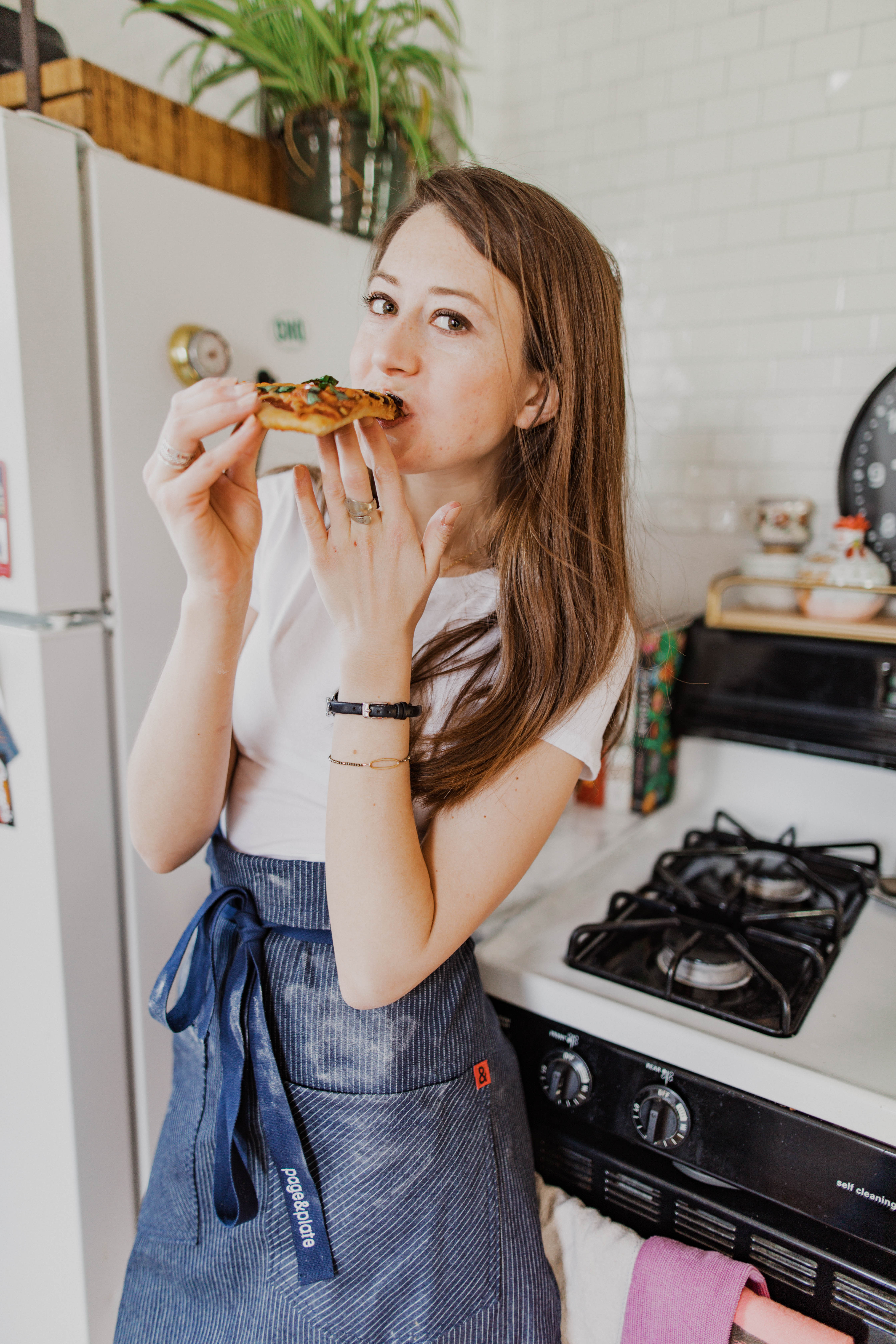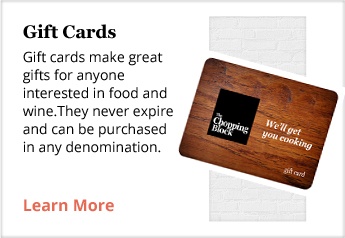Insta, insta on the wall, whose are the best food photos of them all? We’ve all been there. You’re sitting in front of a beautiful plate of food that you just put together on the patio at The Chopping Block in a grilling class on an exotic cuisine. The lighting is perfect (dusk = drool). The food is devastatingly gorgeous. Your Insta grid is a little sad lately. It’s time to take the All Time Best Food Picture Ever.
As a food blogger and budding photographer at Page & Plate, I’ve spent an embarrassing amount of time searching for that elusive food picture. After I finish making dinner or baking off that last bit of brownie dough (as if that’s ever a problem), I style and shoot the food I make within an inch of its life. Pick a day, and you’ll most likely find me wobbling on a stool in my kitchen trying to get that money shot while dinner gets cold.
But you don’t need to go crazy to get the perfect photo of that burger you just cooked up. Following a few simple rules will get you a LONG way towards better food photos, and lucky for you, I’ve written them all down for you to show you how easy it is.
1. Lighting is King
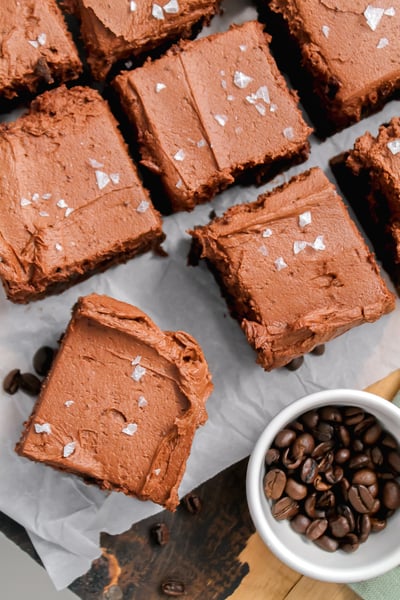
The most common reason a food photograph turns out less wow and more blech is the lighting. It turns out that people love to look at bright photos because they can actually tell what it is they’re looking at (shocking, right?). And while artificial lamps can help shed a little light on the food you’re photographing (PUN CITY!), natural light is the all-time, best-ever option for taking pictures of food. Or your boo. Or your cat. It’s your Insta feed! Find a window, a patio, or an enviable living room filled with natural light and shoot your picture there. Make sure that the subject of the photo isn’t directly in direct sunlight, though, because you’ll end up with a photo that’s too bright to see. Word to the wise: dusk on TCB’s Lincoln Square patio is prime shooting light!
2. Props are Tops
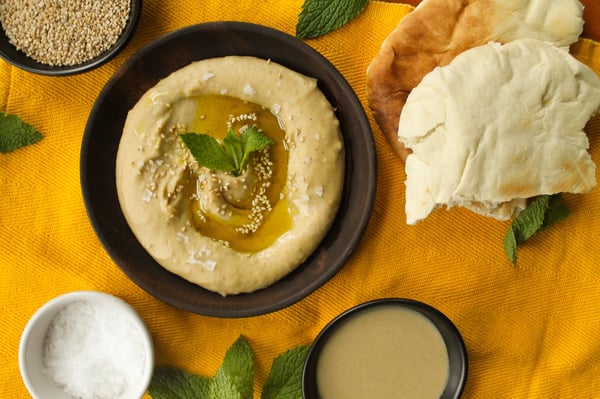
Another important part of any good picture of food, ironically, is everything BUT the food in the picture. It seems unnatural to take a photo of just a plate of food because that’s not the way we usually look at food. When we look at a plate, we also see our utensils, cooking tools, little bits of ingredients, condiments, salt, and all other manner of kitchen fun strewn about the scene. Practice incorporating bits of these props into your photos, and you’ll be surprised at how much better it looks to see food in its natural habitat. Using things like wooden spoons and cutting boards (both on sale this month at TCB, by the way) to enhance the colors and depth in your photo will go along way to raking in those likes.
3. Color is Your Friend
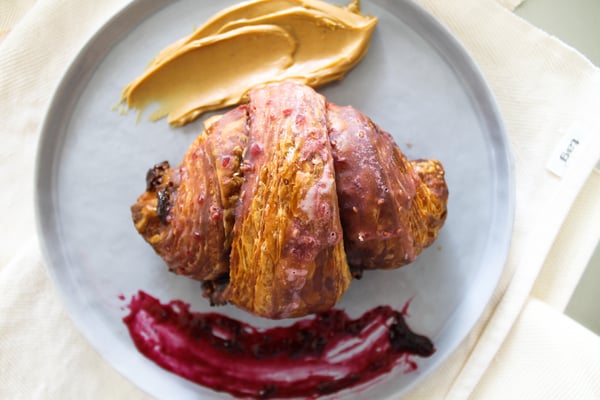
One reason you rarely see a photo of naked oatmeal scrolling by you on your feed is that there’s nothing visually interesting that’s going on in that bowl that draws my eye to it. Preparing colorful food, like the dishes you’ll make in A Night in Spain or Culinary Adventure: A Trip to Cuba classes, is the easiest way to up your photo quality. Being able to enhance the colors that are already in the pictures is easy (see tip number four), and there’s no better way to do that than to make colorful food to begin with. Keep this in mind when you’re adding garnish to your dish as well. Some green parsley on red pasta sauce goes a long way towards making a more beautiful photo.
4. Keep it Basic with Edits
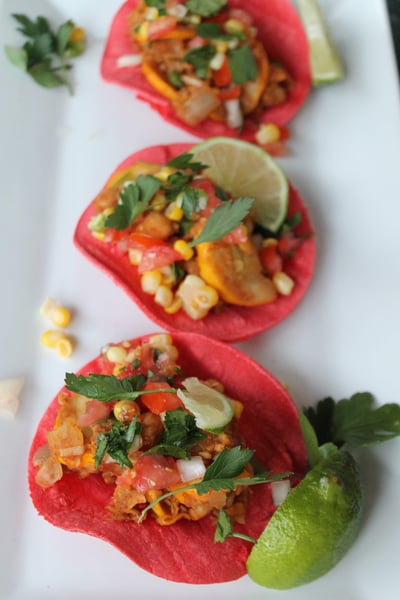
Tacos before
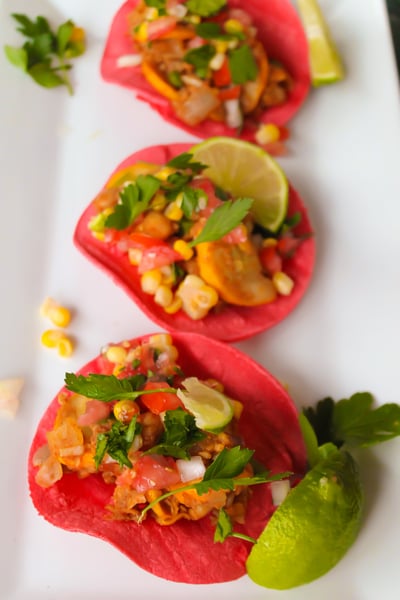
Tacos after
Sorry, Insta, but the best way to let your food photos shine is by hopping on that #nofilter train. It sounds crazy, but a few easy touch ups on your own will beat even the Lark filter (my personal fave). Up the brightness on your photo, add some contrast, and adjust the saturation, and you’ll find that you’re well on your way to that no filter life. Best of all, if you’re following all of the other rules, you’ll quickly learn how your lighting can affect the small edits you make and how to adjust for that early.
5. Make Great Food
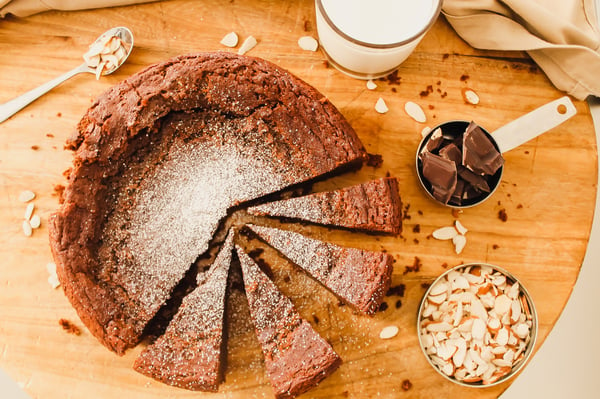
It seems too good to be true, but the fact of the matter is that the better the food is, the better your pictures will look. You’ll know what qualities to emphasize, like chocolate sauce or a crunchy chicken skin, and it’ll be apparent to the audience that the food actually tastes as good as it looks. Take this chocolate cake from Page & Plate. I know that cake is made from chocolate and almonds, and I know that’s exactly what I’m going to taste when I bite into it because of the picture. That’s good food and good photography. Oh, and if you need help in the whole taste department, check out TCB’s Culinary Boot Camp program. They’ll get you up and running with photo-ready dishes in no time.
Still feel like you need more? Check out this food photography workshop from The Chopping Block and see how the real pros do it.


